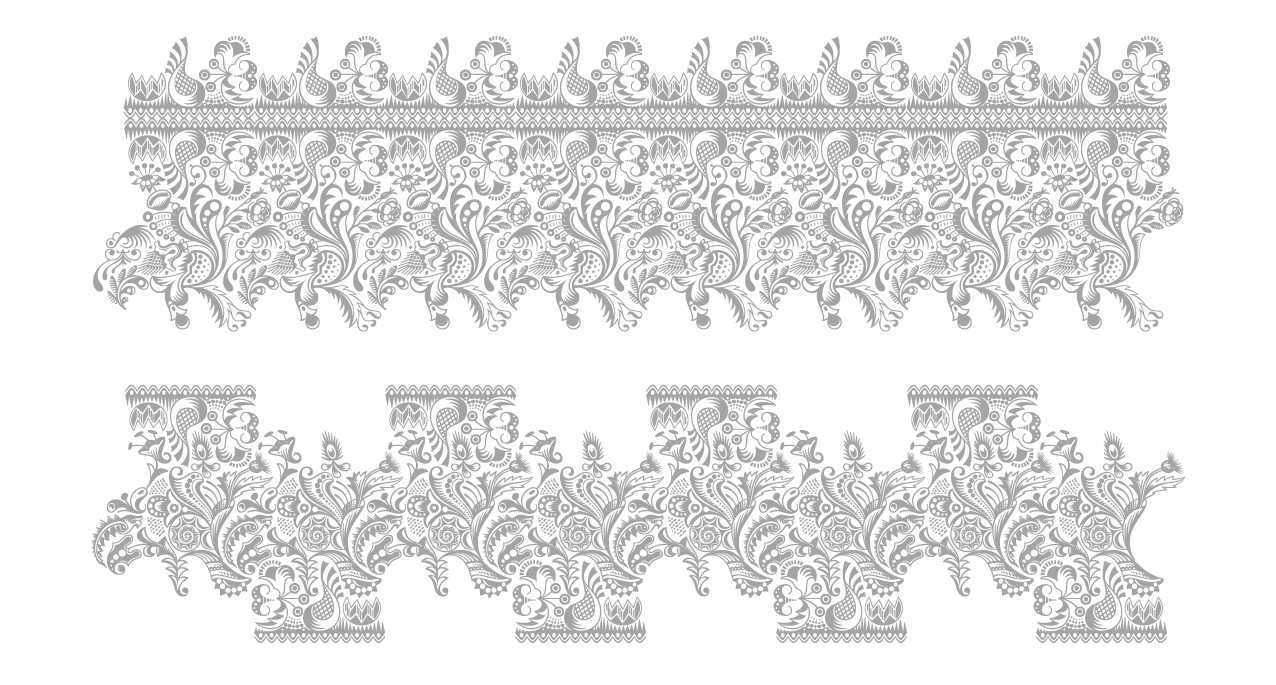
Pdf specimen of the typeface Cadence
Award
Laureate of the Type Design Competition Letter.2 of the ATypI
![]()

Pdf specimen of the typeface Cadence
Award
Laureate of the Type Design Competition Letter.2 of the ATypI
![]()
This character is a revival of an ornamental metal type font, which comes from a type specimen of the French typefoundry Jules Didot printed in 1842 (Spécimen de la nouvelle fonderie de Jules Didot l’ainé - boulevard d'Enfer, n°4, à Paris. - Paris - imprimé par Béthune et Plon, rue de Vaugirard, n°36 - 1842). The ornamental metal type font may have been designed earlier in the 1830s. This work is not a strict revival of the original character: the main thing was to retain the strong aesthetic and conceptual bias, while making the system evolving, notably because of the evolution from metal typesetting to digital typesetting.
Cadence is remarkable for its process of construction: contrary to a classic ornamental font combining a lot of simple geometric elements, this one combines a few number of highly-complex non-geometric elements.
The first consequence of this specificity is the rapidity to set sophisticated pattern with a great rigour of construction. The second consequence is that the eyes are “lost” in front of the pattern: we hardly find at the first look the hidden construction, as we do not see the shape of the basic elements. It refers to a kind of psychedelic aspect in the resulting aesthetic.
The typeface is made of three versions (Cadence 1, 2 and 3) intended to be combined by the the user to make patterns, through association and superimposition. These fonts are designed to be used at rather large sizes in order to appreciate the details’ delicacy (55 pts in the character’s specimen).
Designer: Jonathan Fabreguettes (revival)
NEWSLETTER
MASTODON
CONTACT